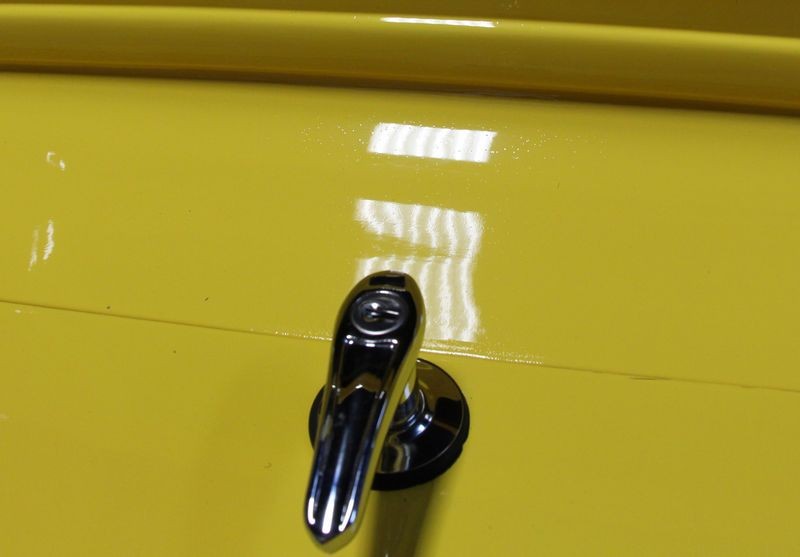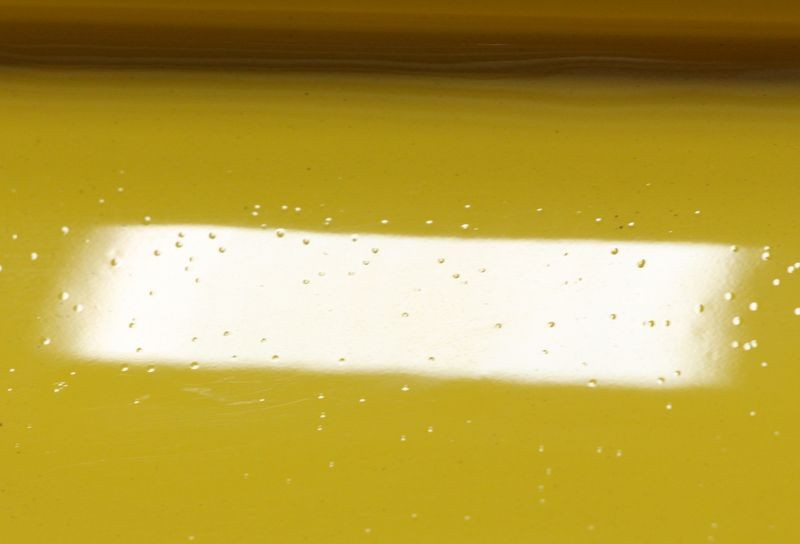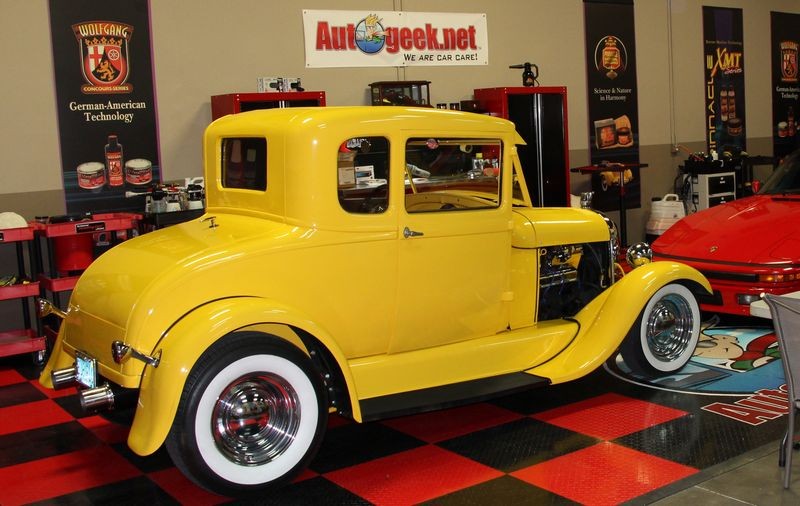04VetteZ06
New member
- Jun 26, 2020
- 8
- 0
Hi Mike,
First time poster, though i use to few your tutorials and facebook constantly. I have noticed an issue on the roof of of my Corvette with abnormal bubbling.
My car has been garage kept and rarely driven. I try to keep it waxed at a minimum of once a year. Recently I moved and had more space to do a more thorough job.
I started by using Chemical Guys Waterless Car Wash as i had just washed the car several days prior. As I had some scratches on the roof and swirls I used Meguires Detailer Correction Compound kit i purchased from your store a year or so ago. I followed the instruction for light correction by using the supplied DMF disc pad on a porter cable orbital buffer. to help with lubrication i utilized Griots Garage detail spray as it was the only remaining detailer I had left at the time. Applied a small amount and did 2-3 light pressure passes on setting 3. After wiping off the compound I then used Zaino Z2 as the final coat. a day or so after I went out to my car to double check something and noticed these bubbles exclusively on the roof. I am not sure if this was previously there and possibly etching by bird poop. I dont think its water reacting with paint from underneath. Maybe its a chemical reaction from the mixture of products? It appears nowhere else on the car.
Hopefully someone wiser then myself has answers.
Thanks in advance.
View attachment 70017

First time poster, though i use to few your tutorials and facebook constantly. I have noticed an issue on the roof of of my Corvette with abnormal bubbling.
My car has been garage kept and rarely driven. I try to keep it waxed at a minimum of once a year. Recently I moved and had more space to do a more thorough job.
I started by using Chemical Guys Waterless Car Wash as i had just washed the car several days prior. As I had some scratches on the roof and swirls I used Meguires Detailer Correction Compound kit i purchased from your store a year or so ago. I followed the instruction for light correction by using the supplied DMF disc pad on a porter cable orbital buffer. to help with lubrication i utilized Griots Garage detail spray as it was the only remaining detailer I had left at the time. Applied a small amount and did 2-3 light pressure passes on setting 3. After wiping off the compound I then used Zaino Z2 as the final coat. a day or so after I went out to my car to double check something and noticed these bubbles exclusively on the roof. I am not sure if this was previously there and possibly etching by bird poop. I dont think its water reacting with paint from underneath. Maybe its a chemical reaction from the mixture of products? It appears nowhere else on the car.
Hopefully someone wiser then myself has answers.
Thanks in advance.
View attachment 70017



